Shop our Indoor Planters!
For many people, the look and feel of any place, whether it's a commercial space or a residential area, cannot be considered complete without the presence of plants. From improving air quality, and assisting with sleep, to reducing physiological and psychological stress (according to a 2015 study), the value of house plants cannot be understated.
However, even if you believe in plants and how they help us, have you ever considered how much you know about plant pots? And more specifically, how to measure plant pots? Though essential for your greenery's overall health and lifespan, it wouldn't be a stretch to say only a few people know anything about measuring plant pot size.
So, in hopes of helping you out, let's take a deep dive into this topic!
In this post, we'll focus on teaching you how to measure plant pots. Whether it's a round pot, rectangular pot, or square pot, we've got the answers that'll aid you in choosing the correct size pot the next time you're looking for a planter!
There will be sections to explain things like how to measure the diameter of a pot, as well as a plant pot size guide, so you never again run into the old 'my pot is too small or too large' problem.
Ready to learn? Let's go!
Want to get to know us before starting? Read about why JBD Concepts is the right pick for your flower pots!
Contents
How Do You Measure Plant Pot Size?
It's possible to figure out plant pot size using two methods:
- Calculating a pot's diameter.
- Calculating a pot's volume.
Touching on these two calculations, this section will be separated into three parts: measuring a round pot, square pot, and rectangular pot - As you're probably aware, shapes make the world of difference!
Round Pots
Measuring Pot Diameter
To measure the diameter of a round pot, all you have to do is get a tape measure or any sort of measurement tool and then measure the width of the top rim of the pot. The number you get is your pot's diameter--Easy enough, right?
Measuring Pot Volume
Figuring out pot volume requires a little more calculating but don't be put off by this. All we're going to do is use an equation you (probably) remember from high school!
To begin, treat your round pot like a cylinder. After measuring the pot diameter, go ahead and measure the height of the pot. Once you got those numbers, pull out your trusty calculator and use this equation: h × π × r2 to figure out the volume!
For clarification, h means height, π means pi (3.14...), and r2 refers to the radius (half of the diameter measurement) squared. There you've got it, your round pot's volume!
Need some inspiration for your round pots? Check out these round planter ideas!
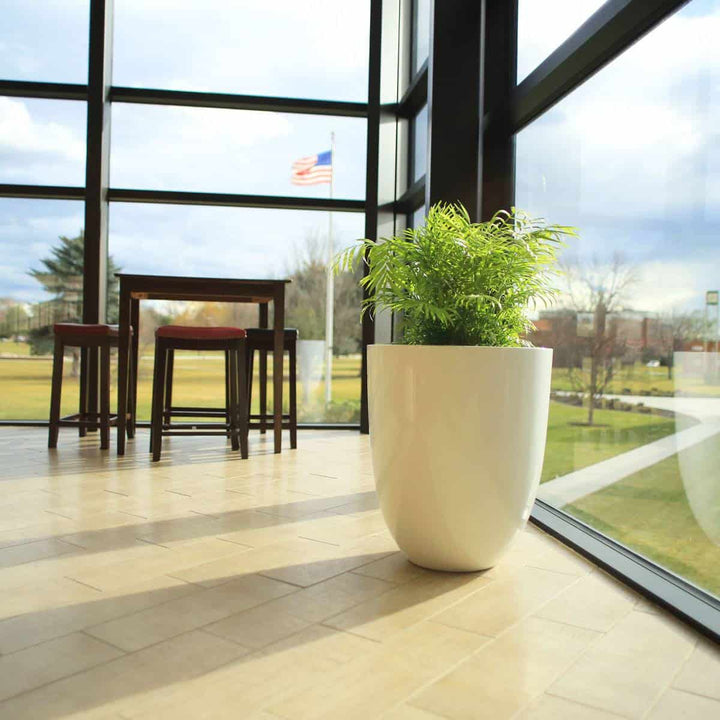 |
Valencia Tall Round Tapered Planter The Valencia is one of our best selling planter pots for quite a number of reasons. First of all, the perfectly-placed lines and smooth curves of these bowl planters come together to deliver an exquisite design that is rather versatile, elegantly decorative and ultimately timeless. View Product |
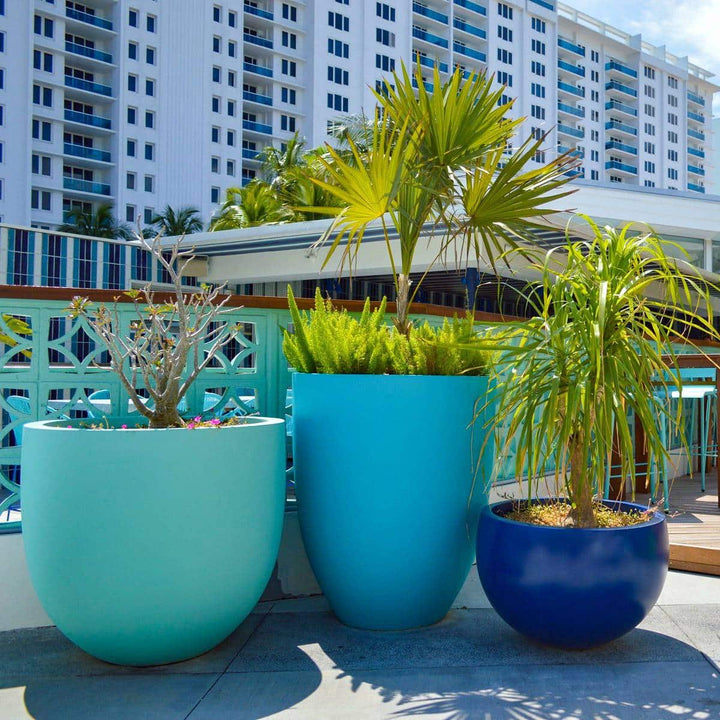 |
Brannan Tapered Round Planter The Brannan is fairly similar in shape to our popular Valencia pot planters, only bigger and much more dramatic. With a smoothly curved body that gradually tapers and an extra wide mouth, this round planting pot makes the perfect patio accent, decorative indoor planter or industrial planter. View Product |
Square Pots
Measuring Pot Diameter
Similar to how you would measure the diameter of a round pot, with a square pot, you'd rely on a tape measure once more. Simply measure the width of the top rim of the pot and voila, you've got your square pot's diameter.
Measuring Pot Volume
With the square, there's also a formula for calculating volume but before we get into that, we must first differentiate between a square and a cube. Plants come in both shapes and though they look similar, the difference is that a square has varying dimensions on its sides while all sides of a cube are identical.
Let's first consider a cube planter like the Montroy Cube Planter. No matter what size you go for, to measure the volume of this pot, use this equation: V = s3. V of course stands for Volume while s3 refers to the length of the sides cubed--Hence the name, a cube!
Now, with a square, you're going to use the equation: V = lwh. Again, V stands for Volume, while l stands for length, w for width, and h for height. In other words, length x width x height!
Need tips for using square pots? These square planter ideas will take your gardening to the next level!
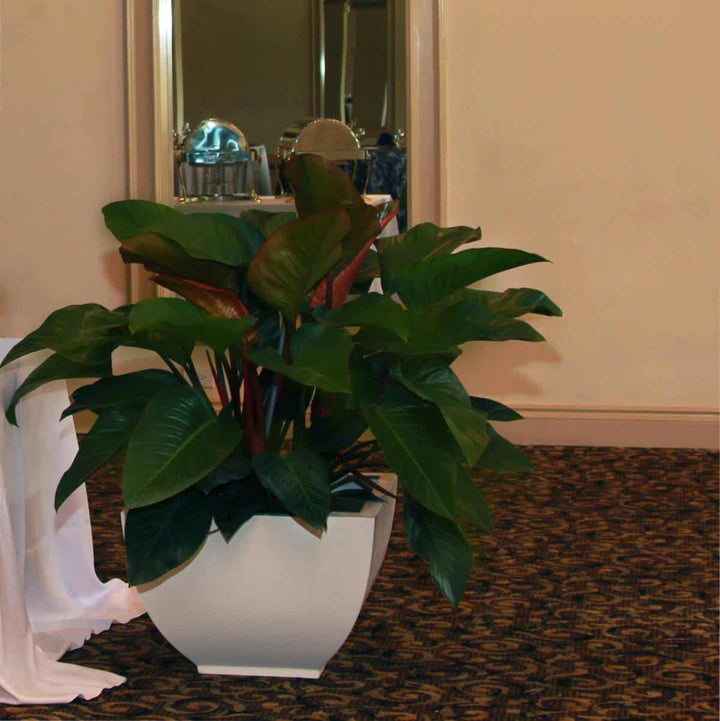 |
Kathryn Square Tapered Planter Sophisticated and unique, the Square Fiberglass Planters are wider at the top and slight rounded taper at the bottom creating a very timeless and eye-catching design. View Product |
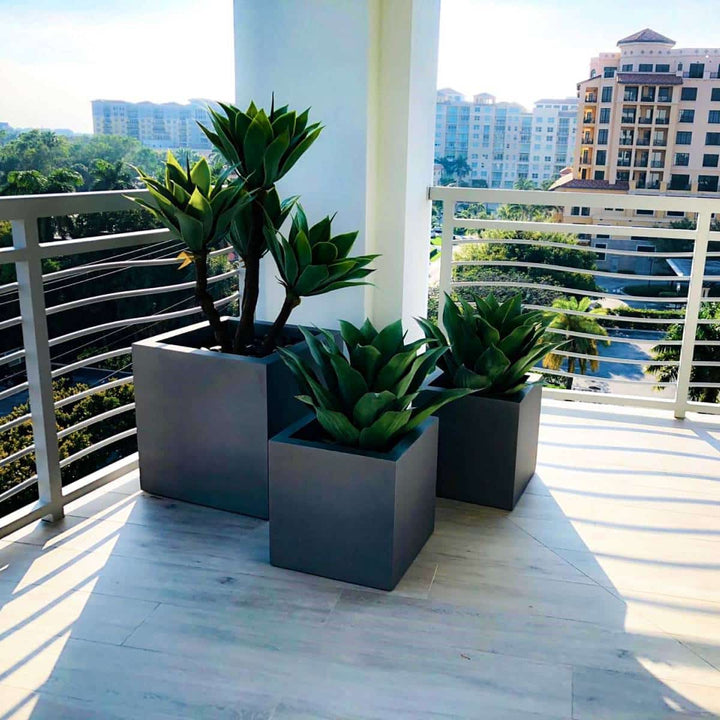 |
Montroy Cube Planter Tired of fussing around with those square plastic planters that seem to only look good and remain crack-free for a single planting season? If so, the Montroy Cube Fiberglass Planter will quickly become your new favorite decorative, yet functional plant pot. View Product |
Rectangular Pots
Measuring Pot Diameter
Like we did with the previous two, to measure the diameter of a rectangular pot you've got to measure the width of the top rim of the pot. By now you should be an expert at this!
Measuring Pot Volume
As you did with a square, you're going to measure the pot volume of a rectangular planter using the equation: V = lwh. There you have it, now you can figure out the volume of all your future rectangular pots.
On a final note for volume, you most commonly see volume units given in gallons. However, in the horticultural industry, they are given in what's called trade gallons. Trade gallons = 0.71 "normal" gallons. Keep this in mind!
Looking for some ideas for rectangular planters? Read up on these 6 amazing rectangular planter ideas!
 |
Miami Rectangular Planter Crafted with the island life mindset and resort living, introducing the Miami narrow planter box series to our already popular sleek models, like the Milano and Amesbury planters, delivering a high end feel while not taking up too much space and providing you with cool design style like only Miami can. View Product |
 |
Delray Tall Rectangular Planter A companion in height to one of our best sellers, the Potsdam, the Delray stands tall with a slender profile providing the same exceptional quality and durability of all Jay Scott’s fiberglass planters. View Product |
A Word On How To Measure Plant Pots
Though we've just provided you with a few methods for figuring out how to measure pot size, there are still situations in which the aforementioned equations won't cut it.
Consider a tapered pot, a uniquely shaped pot, or how about custom pots? In such scenarios, your best bet is to correspond with the retailer or check the nursery pots they come in for the exact numbers. If neither of those works, you can still try figuring it out for yourself, and don't worry, it's okay to be a few centimeters off! It's when you make drastic errors that plants begin to suffer, so let's talk about that in the following section.
The Dangers Of Wrongly Measured Flower Pots
Though you'll be fine purchasing plant pots from reputable retailers, let's take a look into what can happen if you accidentally start growing a plant that isn't in the right size pot. This way, you'll know to always be careful when choosing outdoor and indoor planters!
What Happens When Pots Are Too Small?
When working with a pot size that's too small for a plant, what you're essentially dealing with is a pot that doesn't have as much soil capacity and room as larger pots. But what does this mean?
Let's start with the soil, but before we begin, what do you think potting soil is for? The purpose of soil is to provide plants with the right amount of nutrients so they can grow freely and healthily. By having a pot size that's too small, these plants aren't able to access an adequate amount of nutrients from the soil, meaning their growth rate will stagnate and in the worst cases, can also lead to their death--But that's not all that happens when your new pot is the wrong size!
Tight fit measurements and a lack of soil depth can also lead to issues like roots not being able to spread out, further reducing the chances of plant growth and survival, and also leading to problems like a plant that's root bound. Furthermore, if your pot is too small, soil can spill over the side of the pot and dirty your home, hotel, or office floor--Make sure you choose the perfect planters for your plants!
Looking for a good planter? Check out these 5 Fiberglass planter benefits to get started!
What Happens When Pots Are Too Big?
While large pots seem to take care of the issue of your plant roots not being able to develop, there are other problems that arise instead.
The first major detriment comes whenever you choose to water in a pot that is sized too large. No matter the presence of drainage holes, what tends to occur is that the pot holds excess water and that it also takes too long to dry out. This can lead to diseases such as mold or root rot, the latter of which many consider to be the number one killer of plants among novice gardeners.
On the other hand, too large of a pot means it's extremely difficult to pack in the small, medium, or large plants you're growing. This leads to a different kind of issue in terms of root health. As you can see, pot sizes make a big difference in whether your plant ends up playing a starring role in your dream landscape. Moving on, let's take a look at the actual dimensions of small pots, medium pots, and large pots. Knowing this will help you determine the suitable plants for each.
Want to know more about pot size? Find out all you need on the best plant pot sizes here!
Plant Pot Sizes Guide
Small Plant Pots
Small plant pots are any pot sizes between 2'' to 14'' in diameter. Small herbs, leafy vegetables, flowers, and some annuals grow well in small pots.
Why not try a Nile Wall Planter? This pot is great in both an indoor and outdoor setting, allowing you to grow plants that spill over the pot's edge in beautiful, waterfall-like displays of green!

Medium Plant Pots
Medium-sized pots range between 14'' to 24'' in diameter. You can pot larger herbs, larger vegetables, small trees, and shrubs in these.
How about a Perth Tall Corner Planter? Great for covering those nit-picky corner spaces, these Fiberglass floor planters are also lightweight meaning you can move them around at your will.
Large Plant Pots
Large planters start at 24'' in diameter and keep going up! Think trees (Fruit trees, Japanese Maple, Evergreen trees) or dense, bushy shrubs.
A Darwin Tall Rectangular Planter is a must-have large planter. Statement pieces in and of themselves, have a surface area that will allow even the largest plant to flourish. On top of this, with built-in drainage holes for proper drainage, maintenance is much easier than you think!
Plants And Their Favorite Plant Pots
Created by our friends and official partners over at Jay Scotts, the following table is a guide for what plants grow best in what size pot.
While this can be considered an industry standard, it's vital to take into account the individual requirements of your plant. Each specie of plant is different just like people from different countries are - This is what makes gardening so fun!
- Though small, the decorative purposes of succulents cannot be undermined. Pop them anywhere that gets some full sun or partial shade and you're pretty much good to go--Yes, they're that easy to care for.
- How many plants can you fit into one pot? A safe starting point for multiple plants in a single pot is at the 10'' planter size. Any smaller and it could lead to overcrowding!
- Root vegetables like carrots, onions, and potatoes can also be added to the 18'' pot row. These require a tall pot with adequate soil depth to grow into delicious ingredients for your meals!
- Fruit trees refer to anything from Citrus trees, Lemon trees, and Banana trees. You could also plant Olive trees in a 30'' pot, or just stick to the many varieties of Fruit trees if you prefer.
Want to learn about pot shapes too? Read this planter shape guide for all you need to know!
JBD Concepts Offer You Or Your Customers The Best Planter Solutions Available
All of our planters come with an industry-leading warranty for both residential and commercial use giving you peace of mind that your investment is safe, and that the form, function, and beauty of your new planter will last beyond expectations.
Are you a landscape architect or designer and want to get more customers with our planters? Contact us today to learn more about the exciting opportunities our wholesale range can deliver!
All our planters are available for retail customers too. Simply visit our store, select your planters, size, and finish and enjoy the incredible value at affordable prices!
Shop now and find the perfect home for your flowers with our modern, durable, lightweight, and stylish fiberglass planters!


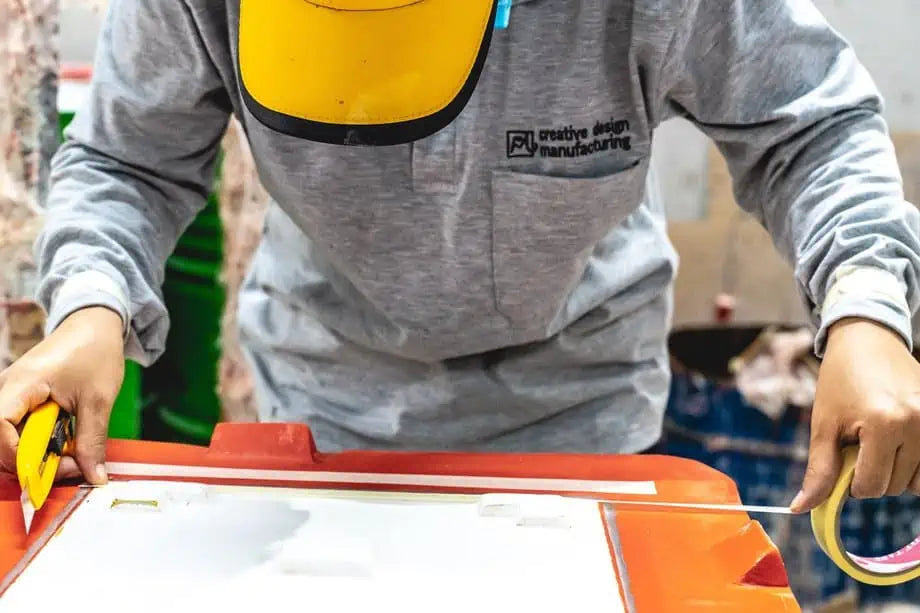



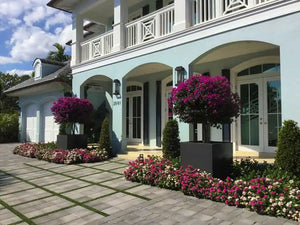
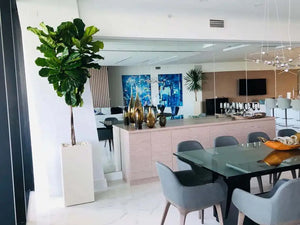
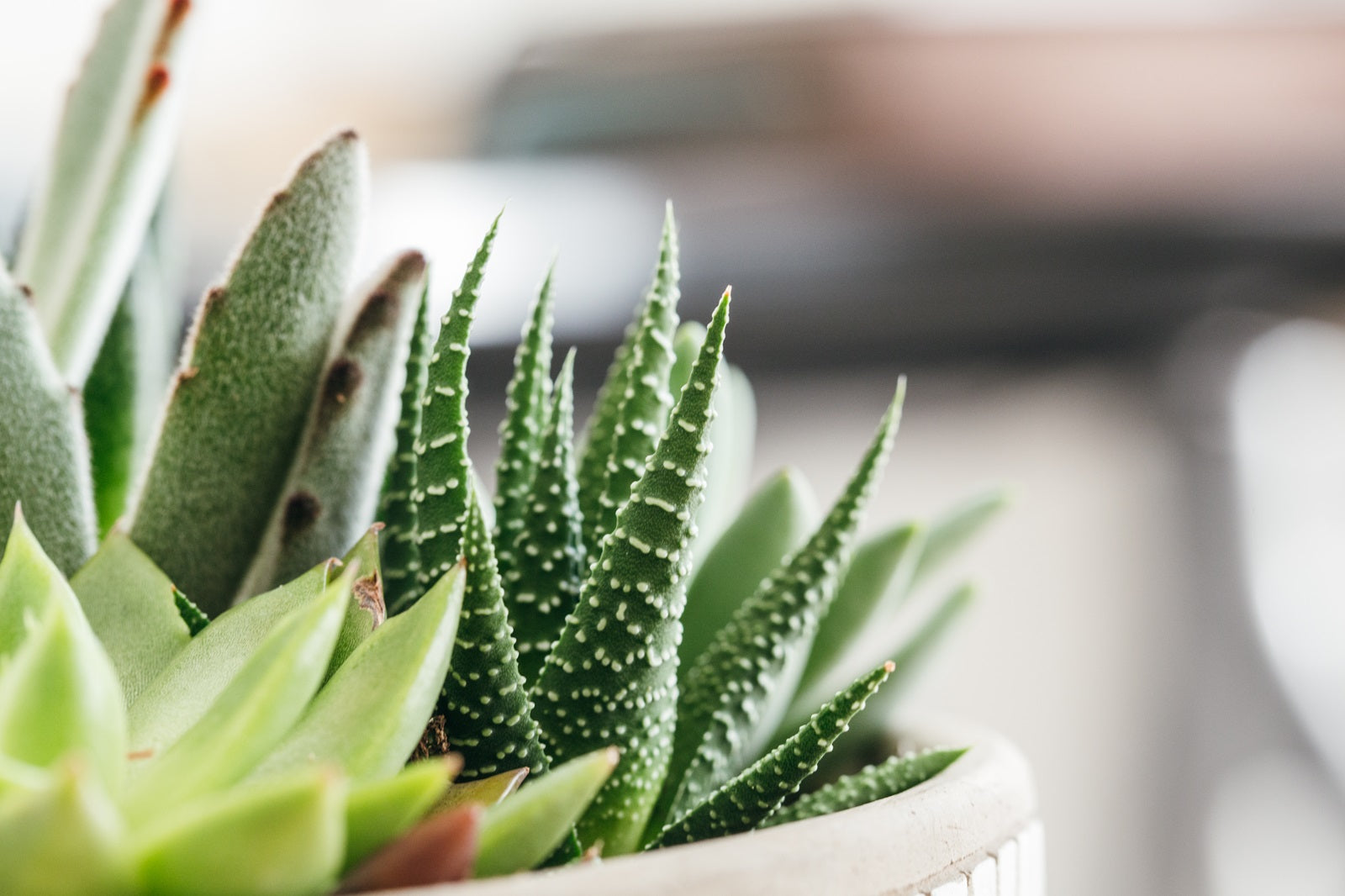
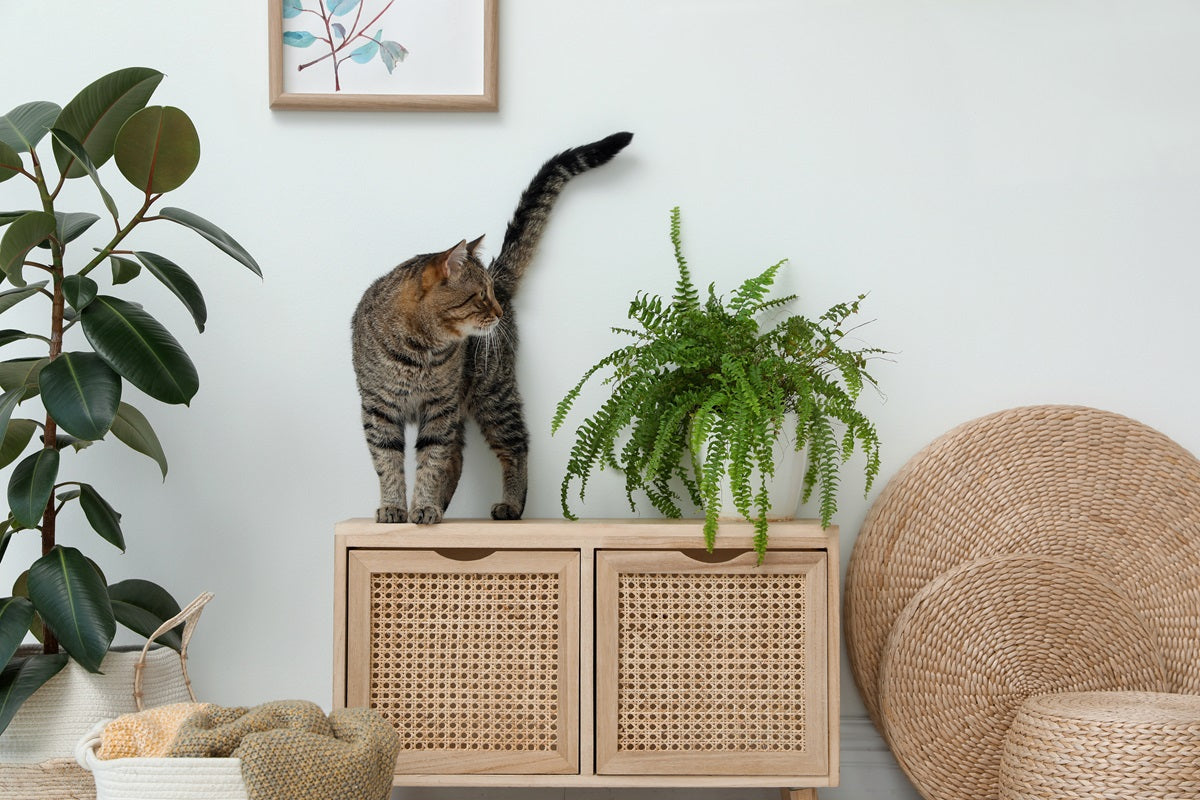
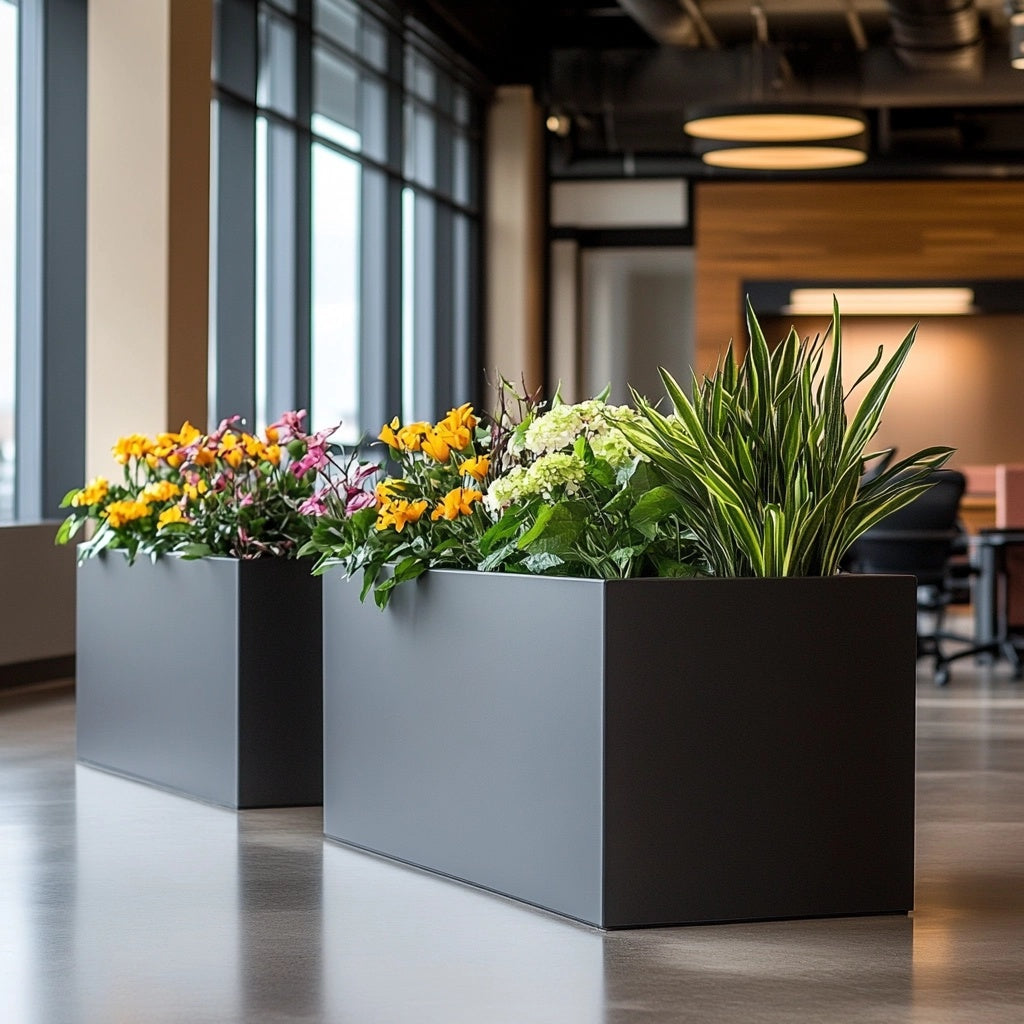














Charlene —
Looking for really big plant pots